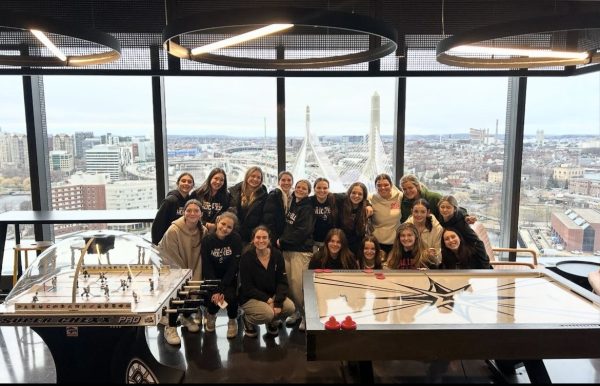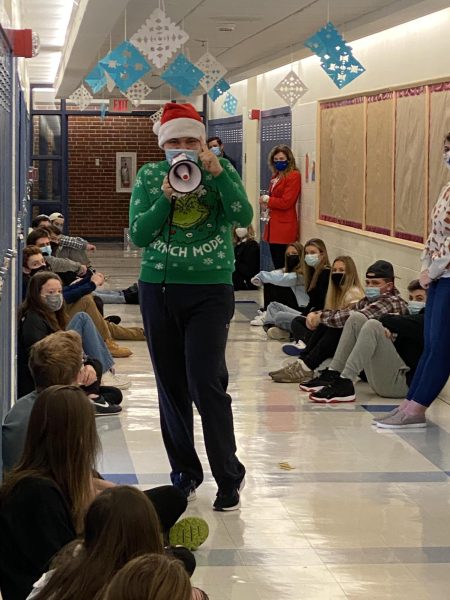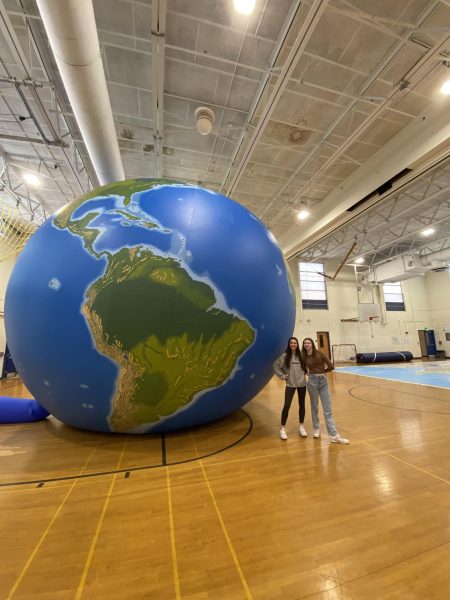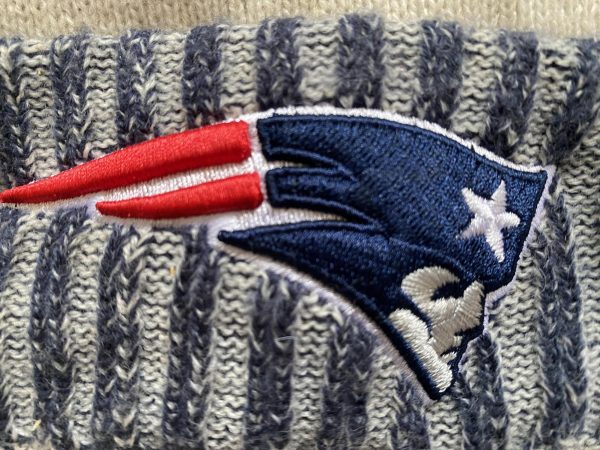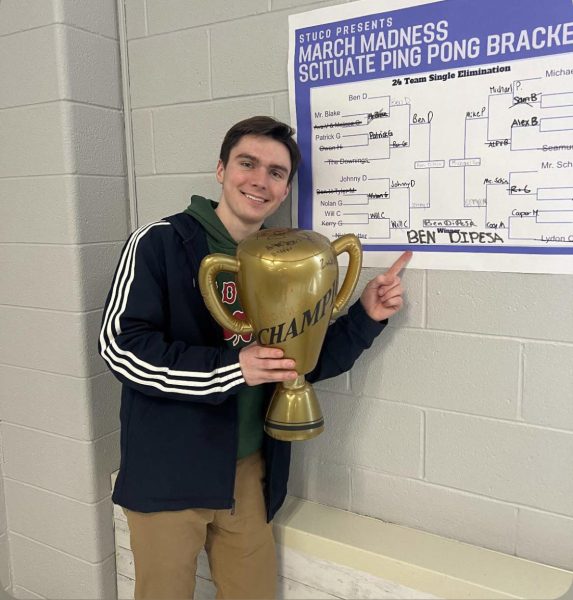CTE Research Needs to Continue
January 16, 2022
Chronic Traumatic Encephalopathy (CTE) is defined as a “degenerative brain disease found in athletes, military veterans, and others with a history of repetitive brain trauma.” CTE has been diagnosed in people as young as 17, but symptoms do not generally begin appearing until years after head impacts. Scientists agree that CTE is commonly a result of repeated concussions and blows to the head. CTE can cause unusual behavior, depression, memory loss, emotional problems, dementia, and substance misuse. However, concussions have symptoms consistent with headache, confusion, dizziness, forgetfulness, ringing in the ears, vomiting, slurred speech, and tiredness.
High contact sports like football and sports that involve heading, including soccer, have some of the highest rates of concussions in sports. In soccer, children under the age of 13 are not permitted to head the ball, as an attempt to reduce the number of adolescent concussions. Also, in football, head-to-head hits are illegal in any league at any age. This is another way that sports organizations are attempting to shrink the number of concussions across the board.
SHS freshman Caroline Shinney suffered from a concussion when she was hit in the back of the head with a basketball. She endured symptoms of dizziness, headaches, and sensitivity to light, which are consistent with a concussion. “I went to the doctors and they said I had a mild concussion,” says the avid basketball player. Shinney explained that her diagnosis was ordinary, as the doctor asked her to follow her finger with her eyes, and she pointed a light into them as well. Shinney’s case proves that concussions can occur in the most simple scenarios, and aren’t always the product of head-to-head contact.
Sophomore slot receiver Ryan Zona recently experienced a severe concussion back in September. Zona was attempting to make a tackle and took a brutal helmet-to-helmet hit. When asked if his concussions have ever affected his learning and comprehension ability, Zona replied, “In the past, my concussions have completely altered my memory, and I was not able to learn at the level I normally could during the month after the concussion took place.” Zona has now invested in a new helmet and is working to fully recover from his concussion. Cases like Zona’s are extremely common throughout all levels of football throughout the nation, but rules and new technology are working toward neutralizing the injury in all age groups of all sports.
Senior captain on the SHS girls varsity soccer team, Leiney Smith, has suffered from three separate concussions during 7th grade, 8th grade, and her freshman year. Two of her concussions were from soccer, and one was from basketball. When describing the impact of her concussions, Smith explained that “[she] couldn’t get through a whole day without being nauseous or drowsy and [she] couldn’t look at a screen for a while or focus on reading.” Smith also explained how it was hard for her to sleep, so she was always tired throughout the school day.
Former Patriots tight end Aaron Hernandez is a prime example of how multiple head traumas can lead to CTE and alter a person’s life. Hernandez “suffered the most severe case of CTE ever discovered in a person his age,” according to the Washington Post. Scientists at Boston University were able to analyze the 27-year-old’s brain and dig deeper into the effects of CTE and how it occurs. Hernandez was diagnosed with stage 3 CTE (4 being the most severe), which led him down a road of severe depression, violence, and dementia-like actions. His diagnosis was a result of repeated concussions throughout his amateur and professional football career.
Research has been conducted to determine the most suitable protective gear for athletes to prevent head injury and long-term effects. For example, companies like Vicis have made valiant efforts to use modern technology and prevent concussions professionally and even in youth. They have recently added the ZERO2 helmet to their collection. As well as advancements in protective gear, some sports have even implemented rules to decrease the risk of concussions. The ZERO2 helmet provides a flexible outer shell technology, exclusive to VICIS helmets, which allows the ZERO2 to respond and react as no helmet has ever seen before. By deforming like a car bumper, impact forces are absorbed in the point of contact, before they reach the head. The result is not only groundbreaking protection but a helmet that is comfortable to wear even through multiple hard hits.
CTE and concussions have affected countless numbers of people ranging from celebrity athletes to amateur high school athletes. The bottom line is, protecting the head and neck areas during high contact sports must be the focus of youth sports, as it could save countless athletic careers and teach adolescents the importance of proper technique and injury prevention.
